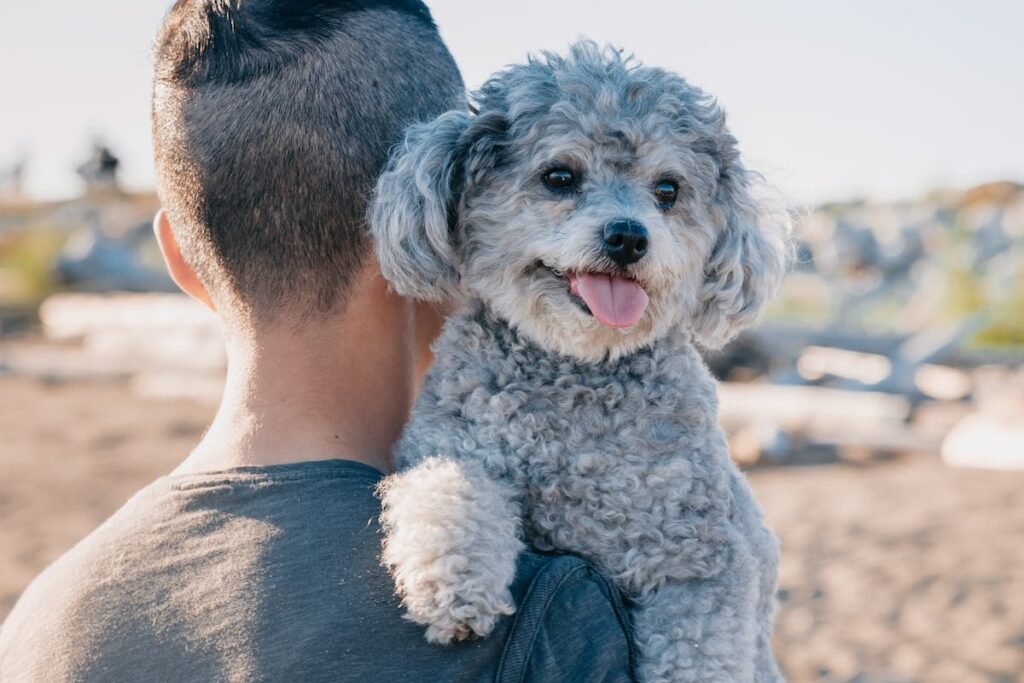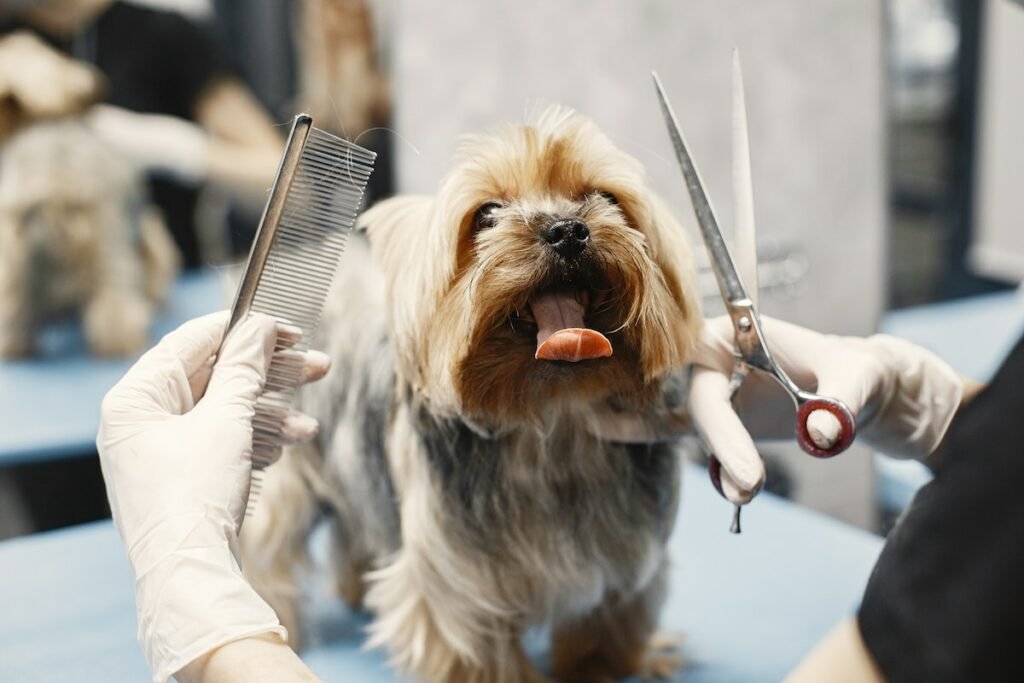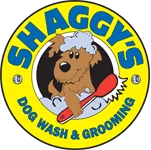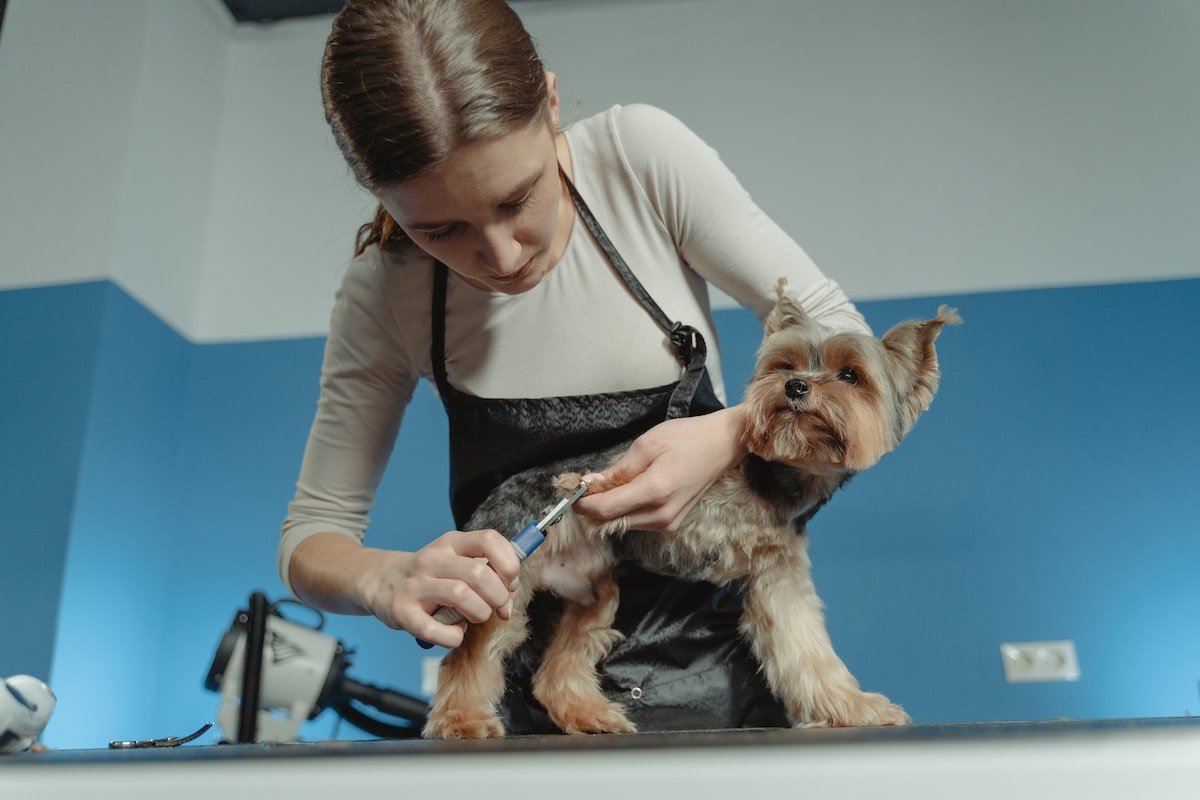Dogs come in many shapes and sizes, and so do their coats. From short and smooth to long and fluffy, a dog’s coat plays an important role in not only their appearance but also their overall health and well-being.
If you’re a dog owner or considering adding a furry friend to your family, understanding the different types of dog coats is essential. In this article, we will explore the various coat types that dogs can have, their characteristics, and how to properly care for them.
Whether you have a short-haired Chihuahua or a long-haired Husky, this guide will provide you with everything you need to know about dog coat types
Short Coats
You may hear the terms “short-coated” and “smooth-coated” used interchangeably because this hair type is best defined as both short and smooth! The coat is silky and lustrous, with hair close to the body, almost as if the dog is covered in velvety skin instead of fur.
Although short-haired breeds are ideal for people who prefer lower upkeep than other coat types, they still require regular brushing, especially during changes in the seasons when their hair thickness may vary.
Short-coated breeds come in a wide variety of sizes and personalities, making it easy for potential owners to find the perfect match for their lifestyle. From small breeds like the Chihuahua and Boston Terrier to larger breeds like the Doberman Pinscher and Weimaraner, there is a short-coated dog for everyone.
Medium Coats

Breeds with medium coats usually have fur that is approximately one inch long. This sort of dog coat may cause the fur to stand off the body somewhat, giving the appearance of fluff. Dogs with medium fur don’t generally shed more because of their longer hair; it all depends on whether they have a single coat or a double coat (an additional layer of fur underneath).
One of the most well-known medium-coated breeds is the Golden Retriever, beloved for its friendly demeanor and beautiful golden fur. Another popular breed with a medium coat is the Australian Shepherd, known for its intelligence and striking merle coloring.
Other medium-coated breeds include the Cocker Spaniel, American Eskimo, and Siberian Husky, each with their own unique characteristics and personalities.
Long Coats
Long-coated dog breeds are some of the most gorgeous and graceful breeds available. These breeds are recognized for their lustrous and flowing fur, which can grow to be several feet long.
The Afghan Hound, with its gorgeous, silky coats that may reach up to 8 inches in length, is one of the most popular long-haired breeds. The Shih Tzu is another prominent long-haired breed that was initially designed as a companion dog for Chinese nobility.
The Maltese, Yorkshire Terrier, and Lhasa Apso are other breeds with long coats that have been bred for their attractive coats and have grown popular as lap dogs and companions. Brushing and grooming are required regularly for these breeds to prevent matting and keep their coats healthy and lustrous.
Wire Coats
Dogs with wire coats, sometimes referred to as “wirehaired dogs,” have rough, wiry hair on their exteriors, as the name implies. These coats feel nothing like the smooth, silky, softness of a smooth coat, as you will soon discover. Even a well-groomed wire coat will have bristles and be harsh!
One of the most well-known wire-coated breeds is the Wire Fox Terrier, which has a lively and energetic personality. Another popular breed with a wire coat is the Airedale Terrier, often referred to as the ‘King of Terriers.’ These dogs are known for their intelligence, loyalty, and fearless nature, making them great companions and guard dogs.
The German Wirehaired Pointer is another breed with a unique wire coat, which is thick and water-resistant. The Scottish Terrier, also known as the ‘Scottie,’ is a small breed with a wiry coat that gives them a scruffy and adorable appearance. Other breeds with wirecoats include the Irish Wolfhound, Bedlington Terrier, and the Brussels Griffon.
Curly Coats

Curly coats, often known as wavy coats, are distinguished by their lovely curl patterns. The hair of curly-coated dogs ranges from delicate waves to tight curls. Individual dog breeds have different sorts of curls, which is especially typical with Poodle hybrids. As a result, grooming should be adjusted to each dog individually.
Many different dog breeds have curly coats, ranging from small lap dogs to large working dogs. One of the most well-known curly-coated breeds is the Poodle. These elegant and intelligent dogs come in three sizes: Standard, Miniature, and Toy.
Their curly, non-shedding coats are not only beautiful but also hypoallergenic, making them a popular choice for people with allergies. Poodles are known for their show-stopping groomed looks, but their coats can also be left natural for a more relaxed and carefree appearance.
Another breed with a distinctive curly coat is the Bichon Frise. These small, fluffy dogs have a soft, white coat that is curly all over. The Portuguese Water Dog is a working breed with a curly, waterproof coat that helped them excel at their original job of assisting fishermen.
Their curly coats come in black, white, brown, or a combination of these colors. Another curly-coated breed that was originally bred for work is the Irish Water Spaniel.
These dogs have a unique coat that is curly on their body but smooth on their head and faces. The Irish Setter is another breed with a beautiful curly coat, although it is not as dense as some other breeds. These elegant dogs have a rich, red coat that is soft and wavy.
Lastly, the Barbet is a lesser-known breed with a curly coat that is gaining popularity. These medium-sized dogs have a thick, curly coat that can be black, brown, or white.
Hairless Dogs
Though their name may imply otherwise, hairless dogs constitute a significant subset of canines with coat types. Hairless dogs, despite their lack of fluffy coats, require adequate grooming to preserve healthy skin.
The skin of hairless dog breeds, which would ordinarily be protected by a coat of fur, is more exposed to the environment. Hairless dogs require more sun protection and jackets in the winter because they lack fur as a resource.
One of the most well-known hairless breeds is the Chinese Crested, which has been documented as far back as the 13th century. These dogs were often kept as companions and prized for their unique appearance.
The Aztecs also had a hairless breed known as the Xoloitzcuintli, which was considered a sacred animal and often used in religious ceremonies. In more recent times, the Peruvian Inca Orchid has gained popularity as a hairless breed. Despite their lack of fur, these dogs are not completely hairless.
They often have a small amount of hair on their heads and feet, giving them a unique and striking appearance. Hairless breeds also require special care and attention, as they are more sensitive to extreme temperatures and are prone to skin irritations.
Conclusion

Understanding your dog’s coat type is essential for proper grooming and care. Now that you know the different coat types and their unique needs, you can ensure that your furry friend stays healthy, comfortable, and stylish.
Remember to consult with a professional groomer or veterinarian if you have any specific questions or concerns about your dog’s coat. Thank you for reading, and we wish you and your beloved pet many happy and healthy grooming sessions at Shaggy’s Dog Wash!

